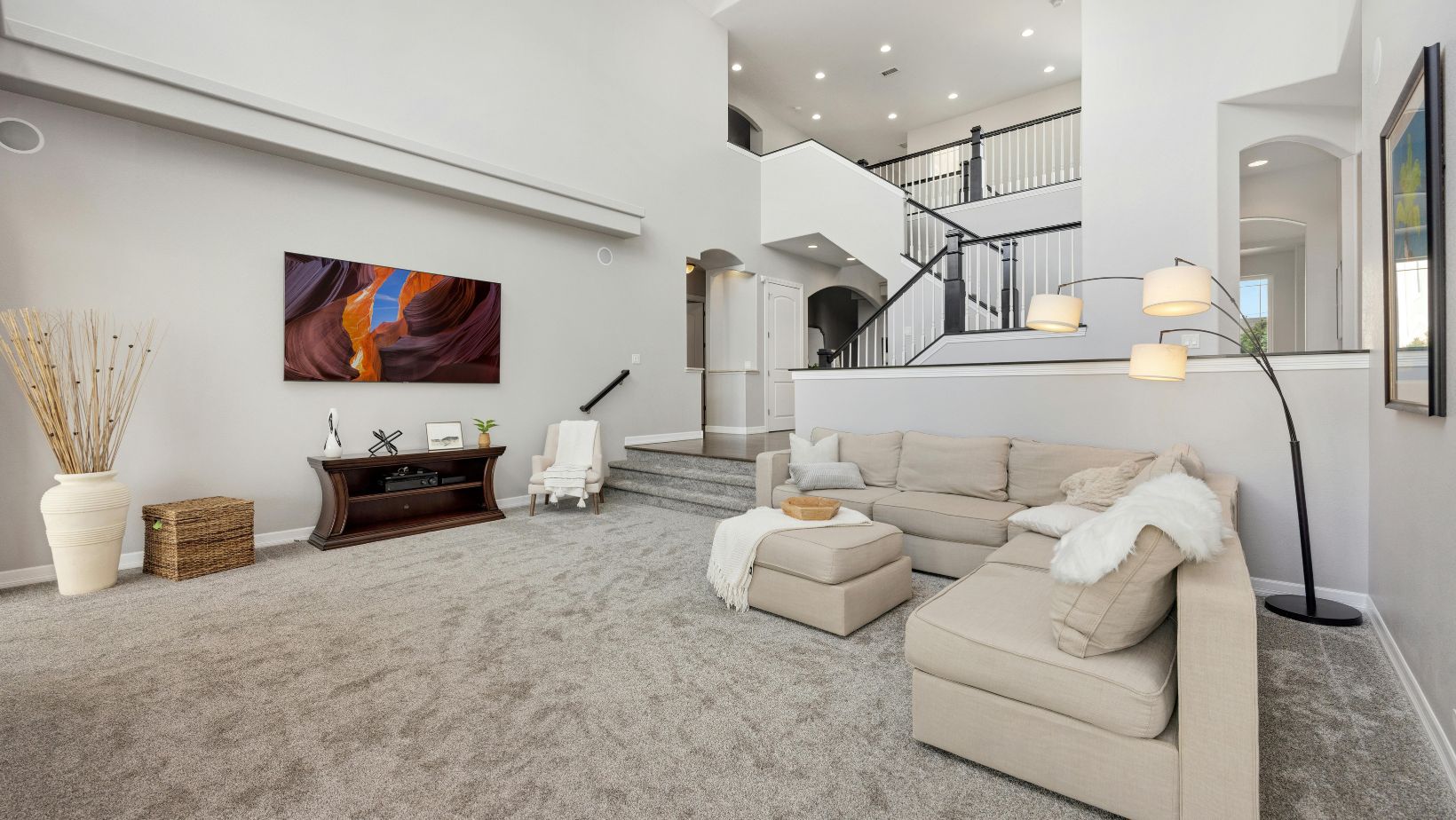
In recent years, the worlds of cryptocurrency and interior design have begun to intersect in fascinating ways. As digital currencies become more mainstream and VIRTUAL price considerations influence lifestyle choices, enthusiasts are seeking to create living spaces that reflect their technological interests while maintaining the comfort and aesthetic appeal that makes a house a home.
The Evolution of Tech-Forward Living Spaces
This fusion of digital finance and interior aesthetics has sparked a new approach to home design that prioritizes both technological functionality and human comfort.
The modern home has steadily evolved to incorporate more technology, from smart appliances to automated lighting systems. For cryptocurrency enthusiasts, this evolution takes on additional dimensions. Beyond the standard smart home features, these tech-savvy homeowners often need dedicated spaces for specialized equipment, enhanced security systems, and workstations that accommodate long hours of market monitoring.
However, the challenge lies in preventing these technological elements from dominating the home environment. The ideal crypto home strikes a balance, integrating technology seamlessly into a space that remains comfortable, welcoming, and visually appealing.
Designing Dedicated Tech Spaces
One approach to achieving this balance involves creating designated areas for cryptocurrency-related activities. A home office or separate room can be outfitted with the necessary technological infrastructure while keeping the rest of the living space free from cables, monitors, and equipment.
These dedicated spaces can be designed with both functionality and aesthetics in mind. Sleek, modern furniture with built-in cable management systems helps minimize visual clutter. Proper ventilation and cooling systems are essential for spaces housing equipment that generates significant heat. Acoustic treatments on walls can help dampen the noise produced by hardware.
For those working with limited square footage, creative solutions become necessary. Foldaway desks, equipment cabinets that close when not in use, and multi-purpose furniture allow technology to be present without being constantly visible.
Integrating Digital Art and Displays
The rise of digital art presents unique opportunities for home design. High-quality digital displays can be incorporated into living spaces to showcase digital art collections. These displays can be mounted on walls like traditional art or integrated into furniture pieces for a more subtle presence.
When not displaying art, these screens can serve other purposes, from showing important market information to functioning as regular entertainment systems. This multi-functionality exemplifies the thoughtful integration that defines successful crypto-friendly home design.
Sustainable Solutions for Tech-Heavy Homes
The environmental impact of cryptocurrency activities has become an important consideration for many enthusiasts. Interior design can address these concerns through sustainable solutions that minimize energy consumption and ecological footprint.
Energy-efficient lighting systems, proper insulation, and renewable energy sources can offset the increased power demands of technology-intensive homes. Furniture and decor made from sustainable materials complement these efforts, creating spaces that reflect a comprehensive approach to responsibility.
Creating Comfortable Retreats
Despite the technological focus, the primary purpose of a home remains to provide comfort and relaxation. Design elements that soften the technological edge are essential in creating balanced living environments.
Natural materials like wood, stone, and plant life introduce organic elements that contrast pleasantly with the more industrial aspects of technology. Soft textiles, comfortable seating, and warm lighting create inviting spaces that encourage relaxation away from screens and devices.
Some homeowners opt for design approaches that deliberately contrast with the digital nature of cryptocurrency. Traditional craftsmanship, vintage pieces, and handmade artifacts create an interesting juxtaposition against the cutting-edge technology that facilitates digital currency activities.
Privacy and Security Through Design
Security concerns often rank high among those involved with digital assets. Interior design can address these concerns through thoughtful home layouts that incorporate both digital and physical security measures.
Discreet storage solutions for hardware, secure home networks, and private work areas help protect sensitive information. These security measures can be implemented without creating an unwelcoming fortress-like atmosphere through clever design choices that emphasize both protection and aesthetic appeal.
Looking Forward: Adaptable Spaces
The most important aspect of designing a crypto-friendly home is creating spaces that can adapt to rapidly changing technology. Modular furniture systems, easily accessible wiring pathways, and flexible room layouts allow homes to evolve alongside technological developments without requiring complete renovations.
This adaptability ensures that today’s cutting-edge crypto home won’t become tomorrow’s outdated space, providing long-term value and continued functionality as both technology and design trends evolve.
Conclusion
The intersection of cryptocurrency enthusiasm and interior design represents a fascinating frontier in modern living. By thoughtfully integrating technology into aesthetically pleasing and comfortable environments, homeowners can create spaces that support their digital interests without sacrificing the fundamental comforts of home.
The successful crypto home doesn’t announce its technological capabilities through an overwhelming display of equipment and wires. Instead, it subtly incorporates the necessary tools and infrastructure while maintaining focus on creating a space that nurtures well-being, comfort, and personal expression. This balanced approach ensures that even the most tech-forward home remains, at its heart, a place of comfort and refuge in an increasingly digital world.








